Andy Bozdan
Reliable Staff Horses Don’t Grow On Trees
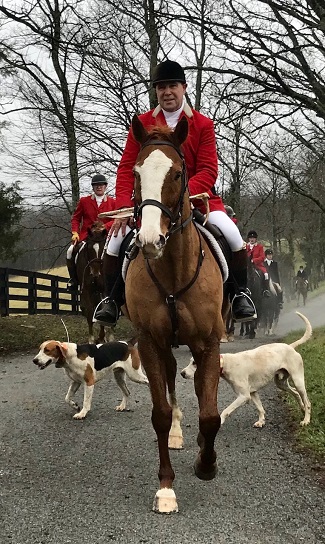 Camargo Huntsman, Andy Bozdan / Carla Babcock photoI guess I shouldn’t be surprised that some folks think of the staff horse that the huntsman or whipper-in is riding as just another horse. So before all the ‘egg spurts’ chime in, let me explain a little about the staff horse. Just imagine getting a jumping racehorse fit and ready for a race—weeks and months of preparation and hardening plus schooling over fences until the day arrives and the horse is off to the races.
Camargo Huntsman, Andy Bozdan / Carla Babcock photoI guess I shouldn’t be surprised that some folks think of the staff horse that the huntsman or whipper-in is riding as just another horse. So before all the ‘egg spurts’ chime in, let me explain a little about the staff horse. Just imagine getting a jumping racehorse fit and ready for a race—weeks and months of preparation and hardening plus schooling over fences until the day arrives and the horse is off to the races.
Now think about getting a horse, if not racing fit, then pretty darn close to it, and not having one big race every couple of weeks but going out maybe twice a week and running for four to five hours. And in all weather, fair or foul. In the case of the huntsman, keeping up with hounds no matter the obstacles faced; in the case of the whipper-in, staying with or even getting on ahead of hounds in the ordinary course of the job. The staff horse puts in many more miles on a hunting day than does the field hunter. That is what’s required of it. No options.
‘Ware Flitters!
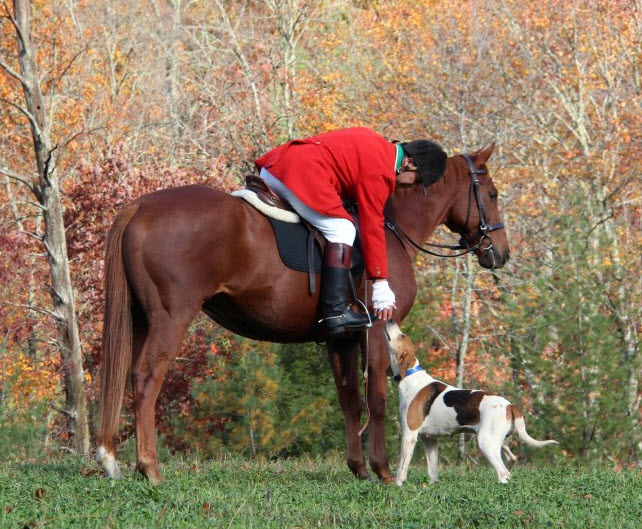 Huntsman Andy Bozdan at the Tennessee Valley HuntWhen I was learning to whip-in I would watch the huntsman and the way he effortlessly walked his pack out in the spring and summer. This particular spring the swallows had arrived early and would flit low across the fields in front of hounds. To my surprise he let his hounds chase them.
Huntsman Andy Bozdan at the Tennessee Valley HuntWhen I was learning to whip-in I would watch the huntsman and the way he effortlessly walked his pack out in the spring and summer. This particular spring the swallows had arrived early and would flit low across the fields in front of hounds. To my surprise he let his hounds chase them.
Keen to learn, I asked why he did not want me to turn hounds back. He said that this was their time off, and he wanted them to relax and unwind.
A few months later we were out for our first early morning cubhunting. Hounds were held up for a few minutes at the meet and then we move off across a huge stubble field toward our first draw. Huntsman and hounds were halfway across the field when out of nowhere came several swallows flitting down and in front of hounds!
‘Ware Flitters!
Just had to republish Andy's story as the cubhunting season draws to a close!
 Huntsman Andy Bozdan at the Tennessee Valley Hunt
Huntsman Andy Bozdan at the Tennessee Valley Hunt
When I was learning to whip-in I would watch the huntsman and the way he effortlessly walked his pack out in the spring and summer. This particular spring the swallows had arrived early and would flit low across the fields in front of hounds. To my surprise he let his hounds chase them.
Keen to learn, I asked why he did not want me to turn hounds back. He said that this was their time off, and he wanted them to relax and unwind.
A View from the Driver’s Seat
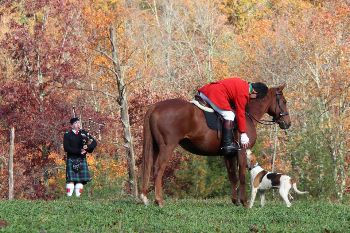 Huntsman Andy Bozdan at his first TVH Opening MeetArriving to take up your post as huntsman three days before your first meet is probably not the traditional way to begin the season. However, after months of tussling with the U.S. Immigration Department I finally arrived at the Tennessee Valley Hunt on 13 September 2011.
Huntsman Andy Bozdan at his first TVH Opening MeetArriving to take up your post as huntsman three days before your first meet is probably not the traditional way to begin the season. However, after months of tussling with the U.S. Immigration Department I finally arrived at the Tennessee Valley Hunt on 13 September 2011.
Through September and October the hounds and I were finding our way. The meets were still very new to me, and the hounds were quite wayward in terms of running riot and biddability. We were walking out every day, and hounds slowly but surely began to respond to my voice and my horn.
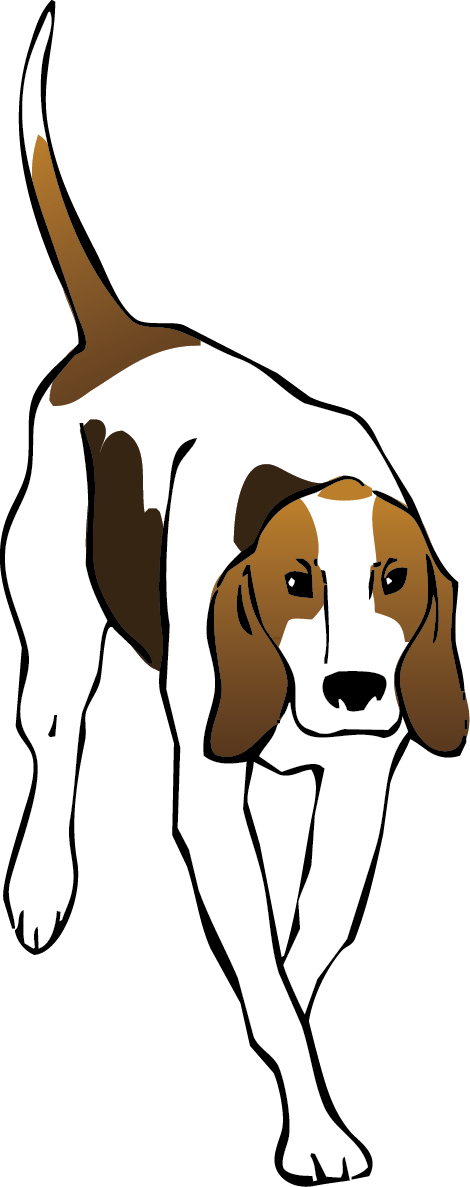

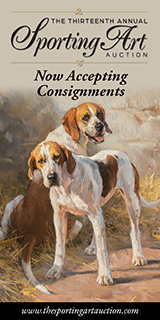
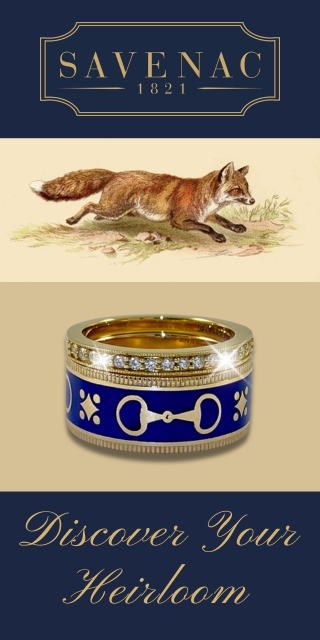
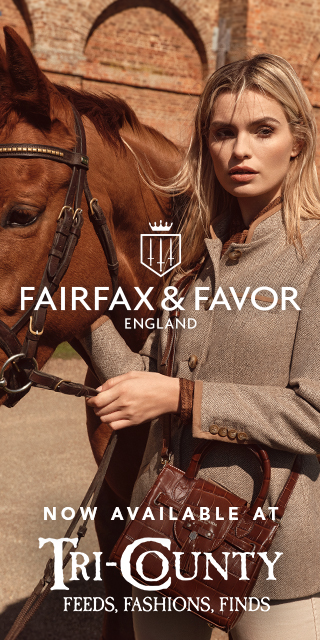





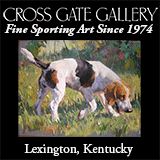


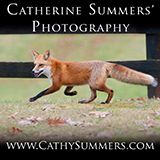

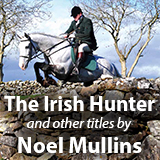
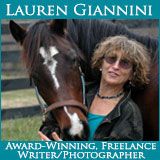
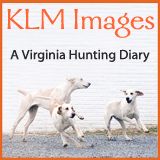
On Opening (and Keeping) Foxhunting Country
The season has started and so far so good. Young hounds are entering well and have been given the space and time to work things out. But every season brings headaches the Masters can well do without.
Most field members are blissfully unaware of the amount of year-round planning that goes into every day’s hunting. During the spring and summer Masters need to go and visit their landowners and make sure they are welcome for the following season. Secondly, they need to look further afield to increase their hunting country. Why? Because there are too many ways good country can be lost. Here’s one that I experienced.